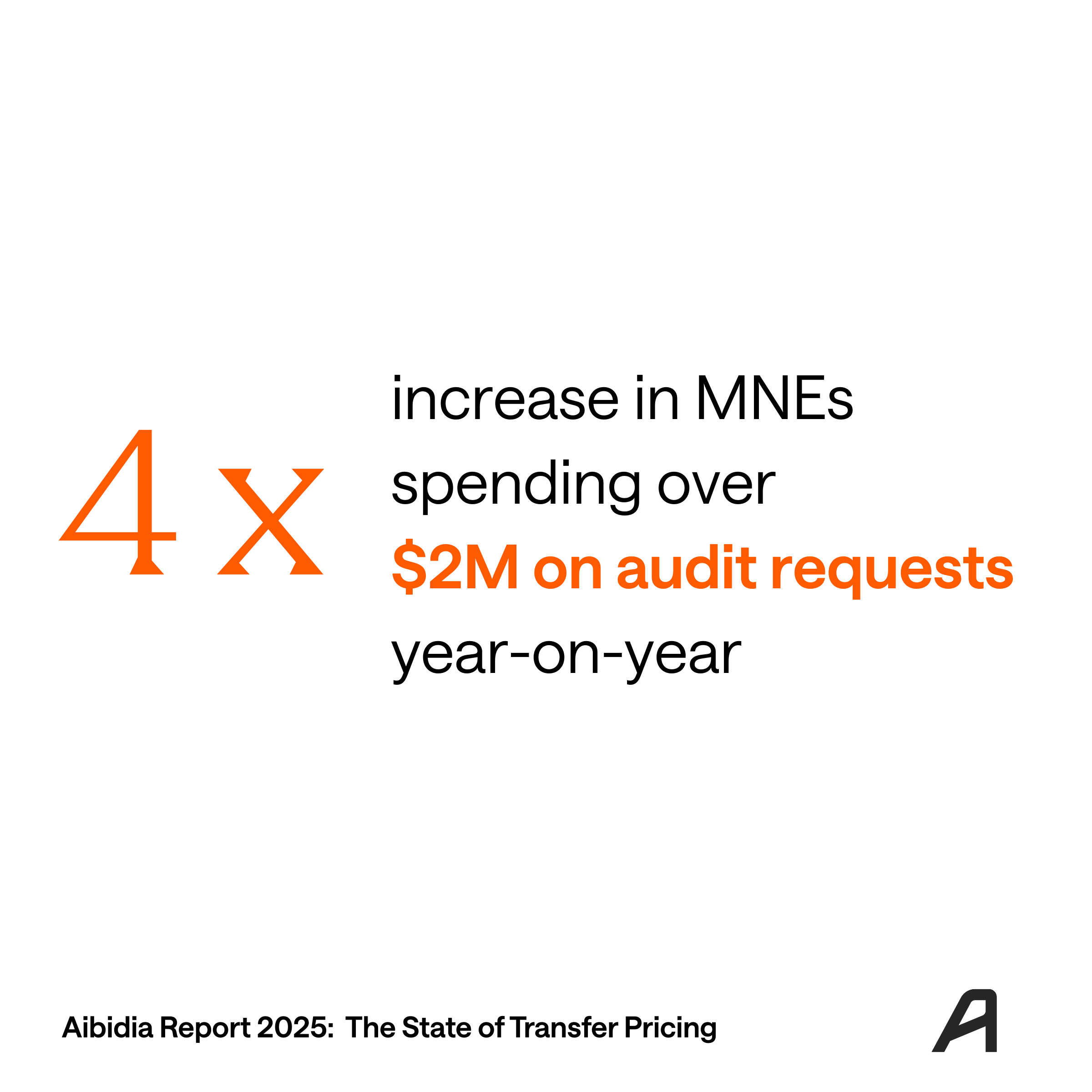The OECD's Pillar Two initiative, which aims to establish a global minimum effective tax rate of 15%, is a significant international tax development impacting multinational enterprises (MNEs). Pillar Two is already a reality, with over 50 jurisdictions taking steps towards implementing GloBE Rules. MNEs should prepare for the upcoming new rules and evaluate how to reduce their compliance burden using Pillar Two Transitional CbCR safe harbour rules.
In a recent webinar, we discussed the Pillar Two Transitional CbCR safe harbour rules and shared practical insights on how MNEs can prepare for compliance. This blog post summarizes our discussion and includes survey results from tax and transfer pricing professionals on their familiarity with Pillar Two Transitional CbCR safe harbour and their primary concerns regarding implementation.
Survey Results
In June 2023, we ran a set of LinkedIn polls of tax and transfer pricing professionals.

Our surveys revealed the following:
- 53% were somewhat familiar with the Pillar Two safe harbours introduced by the OECD, and the number of professionals who were very familiar was limited.
- 42% identified understanding the requirements as their primary concern regarding implementation, and 35% indicated compliance challenges as their main concern.
This motivated us to demystify the OECD Pillar Transitional CbCR Two safe harbour rules, share some practical tips and explain how technology can help. Before we delve into safe harbour rules, let's look at the overall Pillar Two Compliance Roadmap.
Pillar Two Compliance Roadmap
We have outlined a five-step process to help MNEs navigate Pillar Two compliance:
- Identify in-scope and excluded entities within the multinational group.
- Undertake safe harbour tests to determine which jurisdictions are covered by the safe harbour rules. The safe harbour rules are designed to ease the compliance burden of the MNEs by excluding lower-risk jurisdictions from the scope of Pillar Two GloBE Rules. We will discuss the safe harbour rules later in this article.
- Gather data required for Pillar Two calculations, which may be spread across multiple systems within the organization. Often these data are owned by different stakeholders. Hence good coordination among different stakeholders is essential to collect all relevant data promptly.
- Calculate the effective tax rate (ETR) at a jurisdictional level, the amount of top-up taxes (if any) and which entity in the MNE Group gets the right to collect these taxes.
- Complete and submit the required global information return (GIR).

Preparing for Pillar Two Compliance
We also have shared some practical insights on how MNEs can prepare for Pillar Two compliance:
- Create awareness within the organization about Pillar Two and its implications.
- Engage with stakeholders and ensure they understand the importance of providing accurate data.
- Assess the availability of required data in ERP systems and other sources within the organization.
- Conduct an impact assessment to determine the potential exposure of Pillar Two to the organization.
- Evaluate technology tools that can help automate data gathering, calculation, and submission processes.
- Consider the impact of Pillar Two on financial statement disclosures.

Understanding the Pillar Two Safe Harbour Provisions
The Pillar Two safe harbour provisions are designed to ease the compliance burden on MNEs by excluding low-risk entities and jurisdictions from the scope of detailed GloBE rule calculations. There are two types of safe harbours:
- Transitional CbCR Safe Harbour: Applies in the initial period of Pillar Two implementation.
- Permanent Safe Harbour: Continues to apply even after the transitional period.

Both types of safe harbour provisions include three tests:
- De minimis test: it is passed if total revenue and profit before tax at a jurisdictional level are below specified thresholds.
- Routine profit test: it is passed if profit before tax at a jurisdictional level is less than the substance-based income exclusion.
- Simplified ETR test: it is passed if the simplified ETR is greater than the applicable transitional rate.

It is worth noting that Pillar Two Globe rules require more than 150 data points to be considered for each entity in the MNE group. On the other hand, the Transitional CbCR Safe Harbour requires only five simple data points, making it a less cumbersome option for easing compliance.

By passing one of the three tests mentioned above, a jurisdiction may be considered to have met the safe harbour criteria, and the top-up tax for that jurisdiction will be considered zero. Accordingly, for the jurisdiction covered by transitional CbCR safe harbour, the MNE Group is not required to perform detailed Pillar Two GloBE rule calculations.
Tests and Calculations
Aibidia has recently launched a Pillar Two solution. Emphasizing the benefits of using technology for Pillar Two compliance, MNEs can experience the following advantages:
- Time savings: automating data gathering and calculations significantly reduces the time spent on manual processes, enabling MNEs to focus on strategic tax planning and decision-making.
- Enhanced accuracy: technology eliminates human error in complex calculations and data handling, ensuring compliance with Pillar Two rules and reducing the risk of error.
- Simplified compliance: automated safe harbour tests help MNEs quickly identify qualifying jurisdictions, streamlining compliance efforts and minimizing the need for detailed GloBE rule calculations.
- Future-proofing: technology platforms are scalable and adaptable, allowing MNEs to stay compliant with evolving Pillar Two rules and regulations as they develop over time.
Key Takeaways
- Ensure required data for Pillar Two calculations is readily available within the organization.
- Perform safe harbour tests to determine potential exposure to Pillar Two.
- Evaluate technology tools that can assist with data gathering, calculations, and compliance processes.
- Stay informed on how jurisdictions are adopting Pillar Two rules into their domestic legislation.
Conclusion
Understanding and preparing for Pillar Two compliance is essential for MNEs navigating the complex international tax landscape. By utilizing safe harbour provisions and leveraging technology tools, MNEs can ease the compliance burden and better manage their global tax obligations.





%20(2).png)



.png)

.png)
.png)






.svg)
